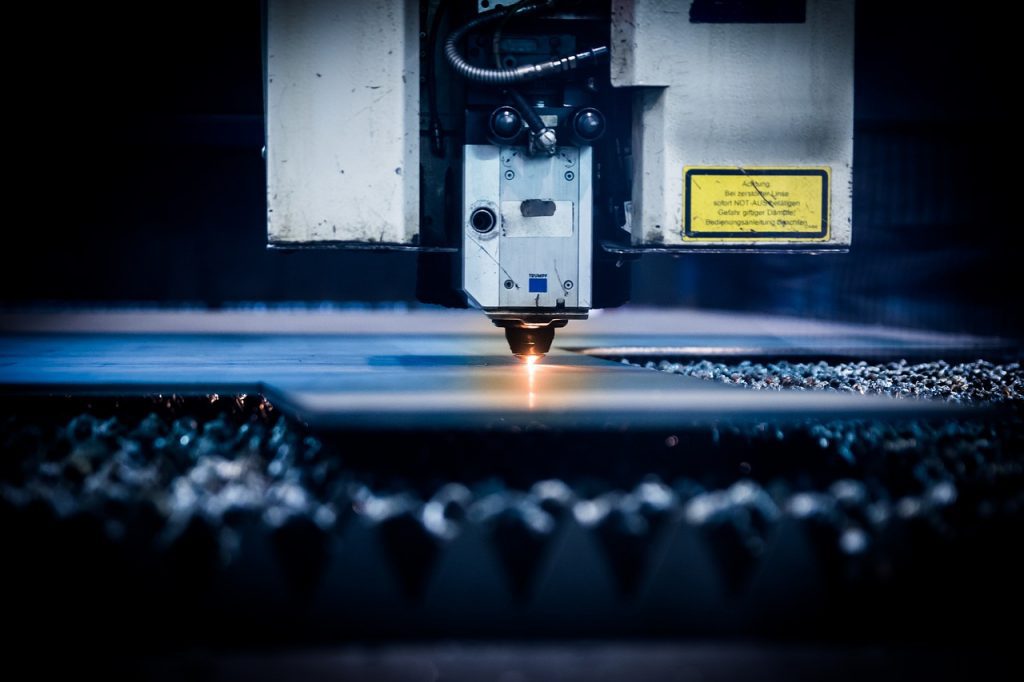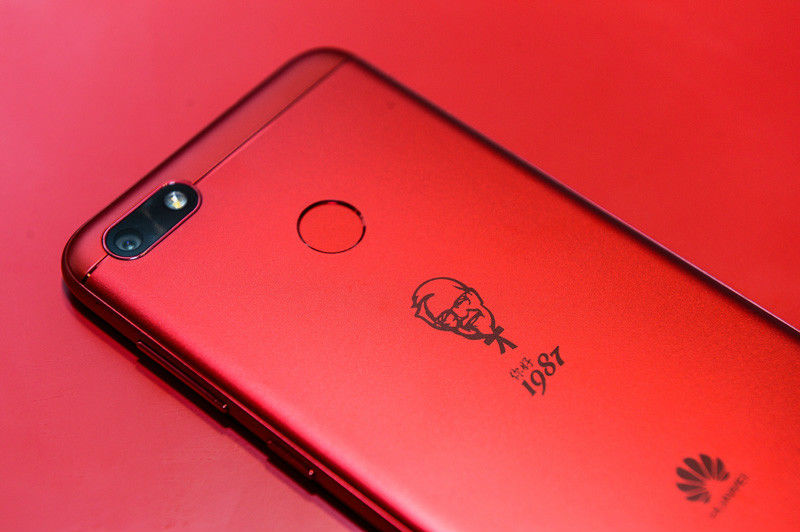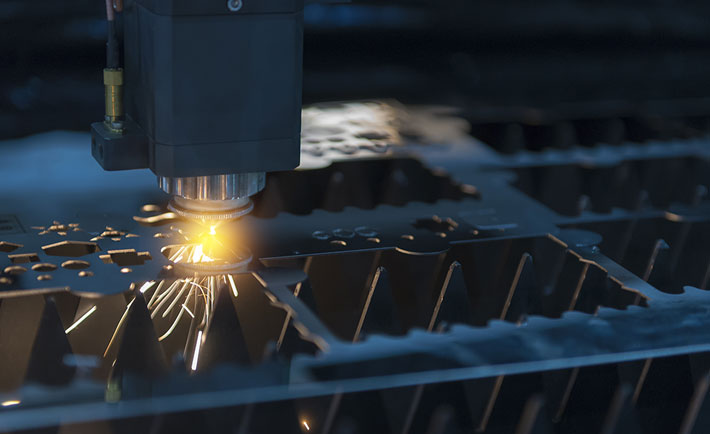
If you’re in the manufacturing sector or are a DIY fanatic, there is a good chance you’ve used one of the many available laser services.
Thanks to industrial and government regulations regarding authentic product labeling and identification, the processes of laser engraving and laser etching have become very popular.
Both of these laser processes offer a permanent labeling solution, fulfilling regulations while adding a unique touch to your products and parts. Moreover, both processes are a subset of laser marking and leverage the same laser technology to leave permanent marks on products.
Which brings us on to a very interesting question: How do they differ from each other?
While laser etching and laser engraving are similar in many aspects, the process of making these permanent marks differ for each, and the results are different as well. In this post, we’ll give you an overview of each of these processes to help you understand their differences.
Laser Engraving
Laser engraving is the practice of using lasers to engrave an object.
In this process, a strong laser beam is focused onto the surface of the material where the mark is to be made, leaving behind a cavity that is clearly visible and noticeable to the touch as well. The depths of the cuts can vary between 0.02 inches in metals, to 0.125 inches in tougher materials.
Engraving can be done on almost any type of material, but it’s commonly used on metals, wood, glass, and plastics. It’s most suited for applications where the tracking code has to be scanned, such as in creating a one-dimensional (1D) or two-dimensional (2D) bar codes.
Laser Etching

5 Weird Laser Engraving Examples that Make You Go Hmm…
Laser etching is a subset of laser engraving, with the only difference being the depth of the cut.
In this process, a laser etching machine emits a hot beam that melts away the top cover to create a shallow, yet high contrast mark. Unlike with engraving, the depth of the mark doesn’t go any deeper than 0.001 inches. This makes it ideal for thinner materials.
While most laser etching machines are only suited for metals, Needham Coding—a leading laser etching machine manufacturer offers etching machines that work on nearly all types of materials, including metals, plastics, and ceramics.
Notable Differences Between Laser Engraving and Laser Etching

5 Ways Laser Technology Is Used in Everyday Life
While both of these processes use the heat of the laser to permanently alter an object’s physical form, there are some notable differences in the processes as well as the results.
For example, a laser engraver cuts a cavity through the surface of material leaving a permanent mark that reveals graphics that are visible and noticeable to touch as well. Etching, on the other hand, basically sweeps away the top layer of material without leaving any noticeable crevice.
Also, laser engraving is achieved through the use of high-heat lasers that cause the surface material to vaporize. In contrast, laser etching machines are less powerful and do not have the crevice-creating capabilities of laser engravers.
Most importantly, these two processes differ greatly in their applications.
Due to the deep cuts made by laser engraving machines, this method is ideal for use on dense materials such as metals and wood. Laser etching machines, on the other hand, create shallow marks, hence are best suited for adding details on fragile items such as glass and precious metals. That’s why laser etching is widely used in jewelry marking.
For more information on the best laser engraving and etching machines, contact Needham Coding today.




